Your Orange fungus on wood siding images are ready in this website. Orange fungus on wood siding are a topic that is being searched for and liked by netizens now. You can Download the Orange fungus on wood siding files here. Download all royalty-free images.
If you’re looking for orange fungus on wood siding pictures information related to the orange fungus on wood siding topic, you have come to the right blog. Our website frequently provides you with suggestions for seeing the maximum quality video and picture content, please kindly search and find more informative video articles and images that match your interests.
Orange Fungus On Wood Siding. While stinkhorn fungus thrives in hardwood mulches they tend to avoid pine bark mulch. Are quickly learning that lesson. Photo below Other larger spots 18 or so but with the same properties may be remaining footprints from vines that were growing on the wall. Click to see full answer.
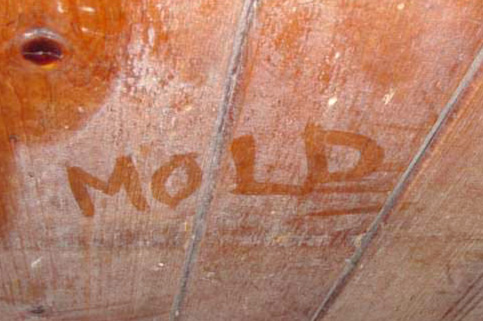 Orange Fungus Wood Siding Orange Mold From orangemolds.com
Orange Fungus Wood Siding Orange Mold From orangemolds.com
Mold can grow on nearly any surface where moisture is present including the underside of siding where moisture is present. And then that gets carried on the air and it sticks to the siding and it leaves the white dots. Unless your whole house is covered with patches of mold. It can appear on the wood surface compost heap or grass. One of the most common and memorable species of orange mold is Fuligo septica more commonly known as Dog vomit slime mold. And what happens is it gets up into the air and as the as the fungi grow they burst like little shots.
Artillery fungus is a cream or orange-brown cup containing a black round mass of spores that is difficult to see.
While stinkhorn fungus thrives in hardwood mulches they tend to avoid pine bark mulch. While wood-rotting fungi differ in their optimum temperature for breeding the majority will thrive in temperatures between 20-30 degrees celsius and the fungus is rapidly killed above 40 degrees. Artillery fungus or shotgun fungus is a wood-decay fungus that lives on moist landscape mulch especially in bark and hardwood mulch. The third picture is what we need the mycologist for – mushrooms are growing on the siding and that is never a good thing. Odds are the fungus spores came from nearby not from your 17 year old siding. What causes orange stains on vinyl siding.
 Source: healthida.com
Source: healthida.com
It can appear on the wood surface compost heap or grass. Theyre white two millimeters in diameter and are what produce the spores that are now gracing your residence. Orange fungus wood siding March 8 2015 September 16 2015. I read somewhere that oyster mushrooms like you can buy in the store grow on wood. The artillery fungus also known as the shotgun fungus Sphaerobolus spp appears on the surface of mulch as tiny orange-brown to cream colored cups that each hold a mass of spores resembling a.
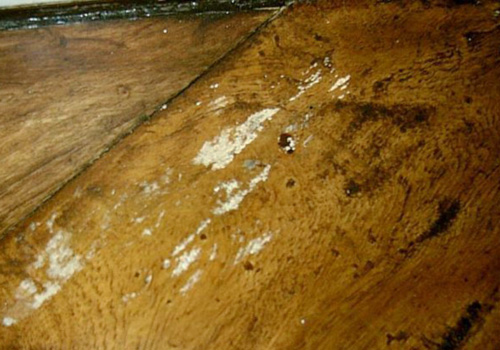 Source: orangemolds.com
Source: orangemolds.com
Wood siding can easily rot and create a welcoming environment for mold when exposed to moisture so its not the best option for a lot of homeowners. Wood fungus is the cause of dry rot which is one of the most serious defects that wood can develop. If you look down you should find the fruiting body of the fungus usually located within a couple of feet of the spots. Third be aware that some molds fungus are toxic to humans. Artillery fungus or shotgun fungus is a wood-decay fungus that lives on moist landscape mulch especially in bark and hardwood mulch.
 Source: cleanwaterpartners.org
Source: cleanwaterpartners.org
Unless your whole house is covered with patches of mold. We have not found a good efficient way to get them off without leaving a stain or damaging the siding especially on old dry siding. Unfortunately no natural mulch can resist the fungus growth which makes it even more important to be aware of possible spores sticking to your home or deck and clean the area as soon as possible. The spore masses of the artillery fungus stick like super-glue. This article describes algae or mold stains on wood vinyl and other building exterior surfaces explaining the common cause as well as methods of cleaning and prevention.
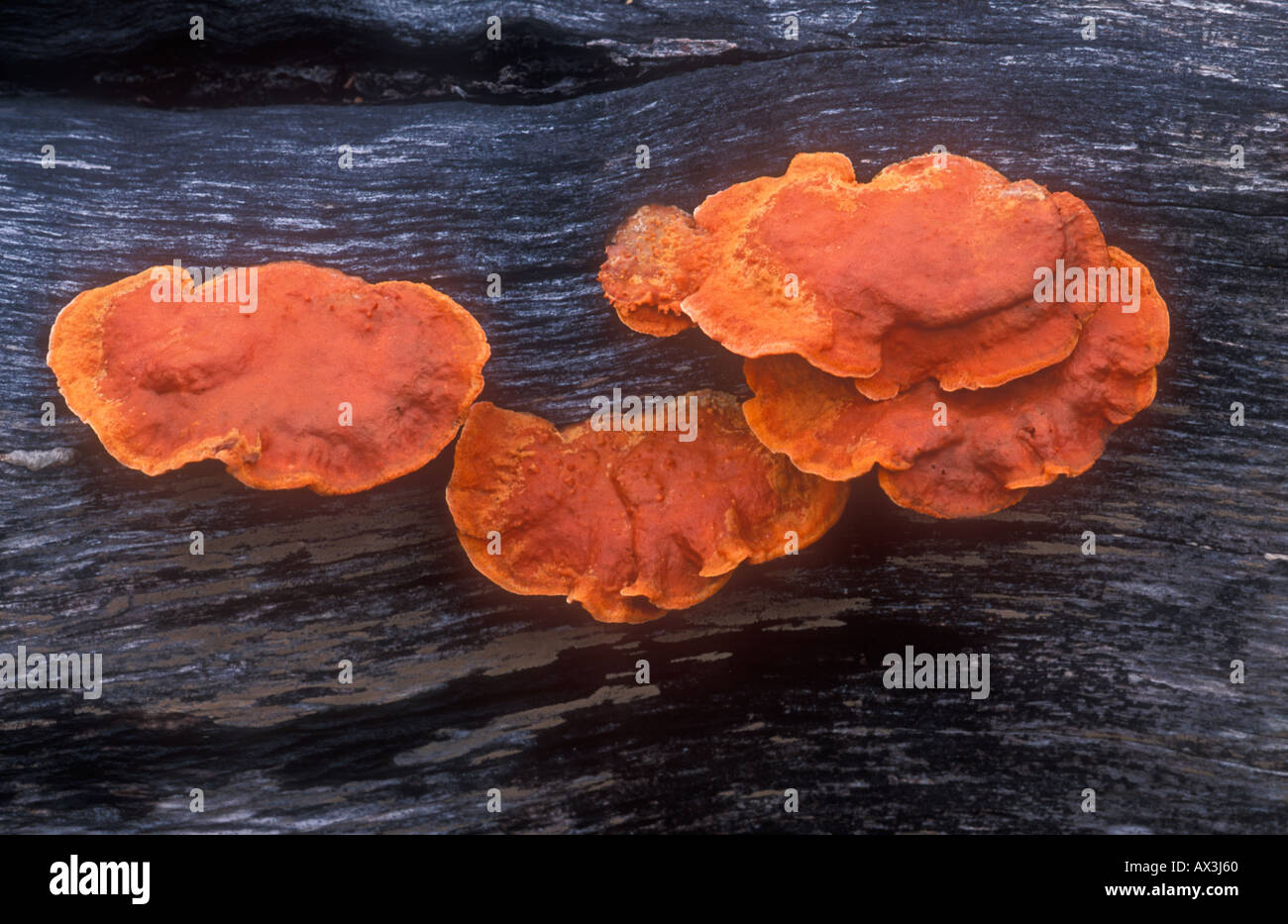 Source: alamy.de
Source: alamy.de
The fungus reproduces by mold spores which are carried by air currents. Theyre white two millimeters in diameter and are what produce the spores that are now gracing your residence. The next picture is a heavy accumulation of fungus again at that vulnerable lower edge. Artillery fungus or shotgun fungus is a wood-decay fungus that lives on moist landscape mulch especially in bark and hardwood mulch. The third picture is what we need the mycologist for – mushrooms are growing on the siding and that is never a good thing.
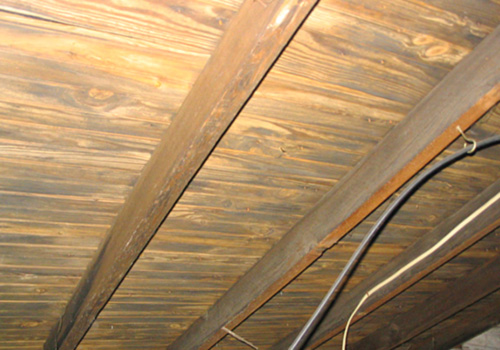 Source: orangemolds.com
Source: orangemolds.com
Share on Facebook Twitter Google Buffer. Artillery fungus or shotgun fungus is a wood-decay fungus that lives on moist landscape mulch especially in bark and hardwood mulch. Wood fungus is the cause of dry rot which is one of the most serious defects that wood can develop. Wood siding can easily rot and create a welcoming environment for mold when exposed to moisture so its not the best option for a lot of homeowners. You can replace the siding but if you dont eliminate the moisture the problem will recur.
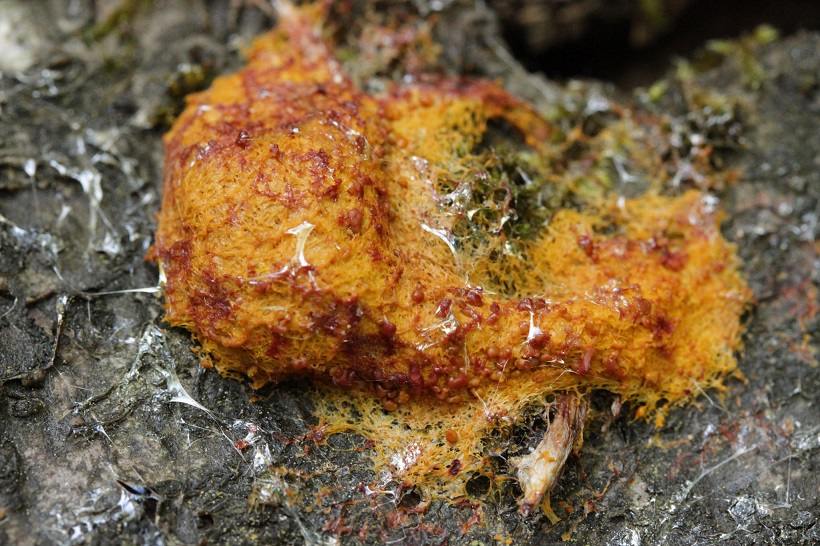 Source: contractorquotes.us
Source: contractorquotes.us
John shows you images. Wet rot fungi usually occur in persistently damp conditions needing an optimum moisture content of 50-60 per cent while dry-rot optimum growth occurs at just 30-40. How Mold Gets Under Siding. Wonder what these are. We have not found a good efficient way to get them off without leaving a stain or damaging the siding especially on old dry siding.
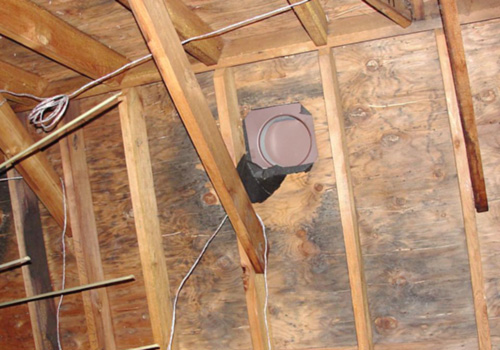 Source: orangemolds.com
Source: orangemolds.com
This article series catalogs the different types of stains or discolorations found on building exterior surfaces. Mold can grow on nearly any surface where moisture is present including the underside of siding where moisture is present. Hazelrigg says the fungus grows on dung and rotten wood. Building exterior walls siding trim algae or mold stain cause diagnosis cure. The fungus grows by consuming wood fiber and the wood becomes soft and punky.
 Source: healthida.com
Source: healthida.com
Unless your whole house is covered with patches of mold. We have not found a good efficient way to get them off without leaving a stain or damaging the siding especially on old dry siding. You can replace the siding but if you dont eliminate the moisture the problem will recur. Stinkhorn fungus can vary in color from reddish or orange hues to Cream and brown most often growing out from a small ball into a long rounded stalk. Third be aware that some molds fungus are toxic to humans.
 Source: thespruce.com
Source: thespruce.com
While wood-rotting fungi differ in their optimum temperature for breeding the majority will thrive in temperatures between 20-30 degrees celsius and the fungus is rapidly killed above 40 degrees. Orange Mold on Wood Orange mold like yellow mold is very common in outdoor. Stinkhorn is a common problem for gardeners though it appears to favor some mulch beds over others. Mold can grow on nearly any surface where moisture is present including the underside of siding where moisture is present. How Mold Gets Under Siding.
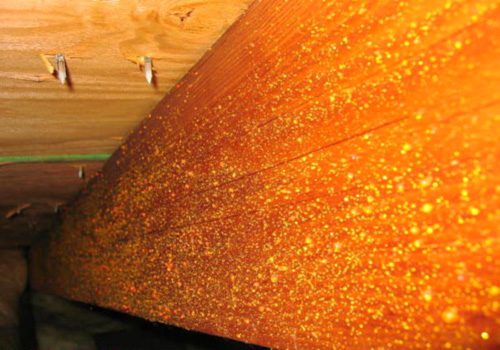 Source: orangemolds.com
Source: orangemolds.com
Wood siding can easily rot and create a welcoming environment for mold when exposed to moisture so its not the best option for a lot of homeowners. If you look down you should find the fruiting body of the fungus usually located within a couple of feet of the spots. We have not found a good efficient way to get them off without leaving a stain or damaging the siding especially on old dry siding. Algae can be found on any type of siding but we will concentrate on vinyl siding for this discussion. This article describes algae or mold stains on wood vinyl and other building exterior surfaces explaining the common cause as well as methods of cleaning and prevention.
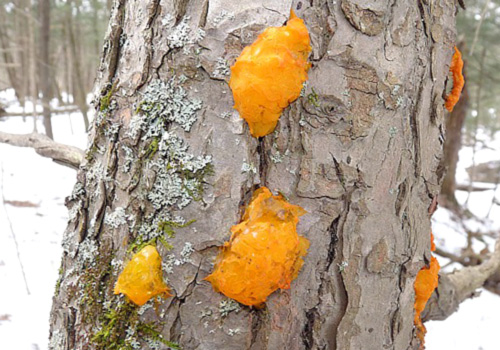 Source: orangemolds.com
Source: orangemolds.com
Artillery fungus or shotgun fungus is a wood-decay fungus that lives on moist landscape mulch especially in bark and hardwood mulch. Algae can be found on any type of siding but we will concentrate on vinyl siding for this discussion. Stains on vinyl siding comes in many colors with green black brown grey any orange being the most common. Power washing may work on brand new only vinyl siding that still. The third picture is what we need the mycologist for – mushrooms are growing on the siding and that is never a good thing.
 Source: highparknaturecentre.com
Source: highparknaturecentre.com
The spore masses of the artillery fungus stick like super-glue. Unfortunately no natural mulch can resist the fungus growth which makes it even more important to be aware of possible spores sticking to your home or deck and clean the area as soon as possible. Are quickly learning that lesson. Share on Facebook Twitter Google Buffer. While wood-rotting fungi differ in their optimum temperature for breeding the majority will thrive in temperatures between 20-30 degrees celsius and the fungus is rapidly killed above 40 degrees.
 Source: dreamstime.com
Source: dreamstime.com
Artillery fungus is a cream or orange-brown cup containing a black round mass of spores that is difficult to see. Unfortunately no natural mulch can resist the fungus growth which makes it even more important to be aware of possible spores sticking to your home or deck and clean the area as soon as possible. The fungus reproduces by mold spores which are carried by air currents. Small gray or darker round spots on siding that are about 116 in individual diameter particularly if the spots are slightly raised may be artillery fungus - a mold spore. Share on Facebook Twitter Google Buffer.
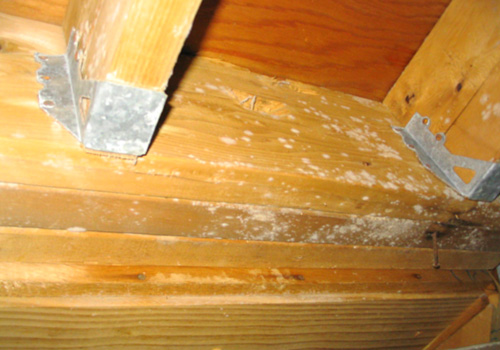 Source: orangemolds.com
Source: orangemolds.com
If you look down you should find the fruiting body of the fungus usually located within a couple of feet of the spots. And then that gets carried on the air and it sticks to the siding and it leaves the white dots. Most of these stains are caused by algae. Wonder what these are. We have not found a good efficient way to get them off without leaving a stain or damaging the siding especially on old dry siding.
 Source: orangemolds.com
Source: orangemolds.com
Judy and Walter Moore of Los Angeles Calif. It can appear on the wood surface compost heap or grass. How Mold Gets Under Siding. While most molds have a furry texture orange mold usually appears with a slimy spongy consistency. Building exterior walls siding trim algae or mold stain cause diagnosis cure.
This site is an open community for users to do sharing their favorite wallpapers on the internet, all images or pictures in this website are for personal wallpaper use only, it is stricly prohibited to use this wallpaper for commercial purposes, if you are the author and find this image is shared without your permission, please kindly raise a DMCA report to Us.
If you find this site adventageous, please support us by sharing this posts to your preference social media accounts like Facebook, Instagram and so on or you can also bookmark this blog page with the title orange fungus on wood siding by using Ctrl + D for devices a laptop with a Windows operating system or Command + D for laptops with an Apple operating system. If you use a smartphone, you can also use the drawer menu of the browser you are using. Whether it’s a Windows, Mac, iOS or Android operating system, you will still be able to bookmark this website.






